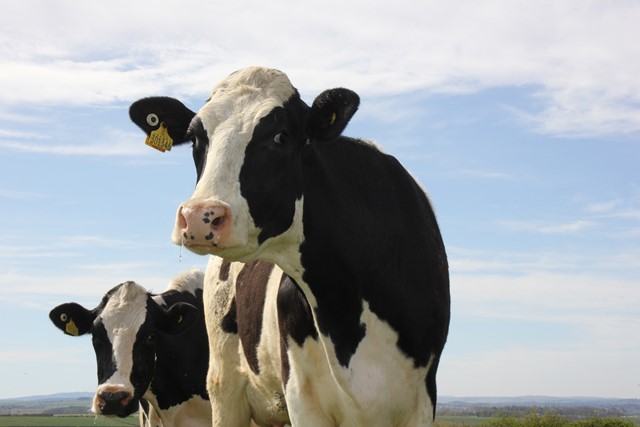Managing Costs & Protecting Financial Health in the Dairy Herd: Improving efficiency in the dairy herd
12 May 2020Whilst milk price is seen as the biggest influencer on profitability, the range in milk prices is sometimes not as wide as the difference in cost of production and the net margin between the top and bottom 25% of dairy farmers (Dairyco Milkbench+ 2013). The four key areas that have the greatest influence on net margin are:
- Feed and forage variable cost
- Herd replacement cost
- Labour cost
- Power and machinery cost
One of the best ways to lower feed costs is to produce higher quality forage. If you have not already taken 1st cut silage, can you plan to cut slightly earlier to improve forage quality? If not, bear this in mind with subsequent cuts. With many farms having a carryover of silage from the winter, it is worth looking at whether you can compromise on grass yield to obtain better quality? The higher the quality of forage, the lower the concentrate required for a given level of milk production. Work out your concentrate use per litre. Over 0.4kg/litre is very high and inefficient. As a guide, Kingshay costed herds in 2019 averaged 8,352 litres, with 2,486 litres produced from forage and 0.32kg concentrate/litre.
One of the most cost-effective ways to improve profitability is to increase the amount of grazed grass in the diet with improved grazing management. The aim of grazing cows is to provide them with a consistent supply of quality forage and the most effective way to achieve this is with rotational grazing. Advice on rotational grazing is provided here.
Transition cow management is a key area to focus on, with diseases at this time indirectly hitting margins through the use of veterinary drugs, deaths, lost milk production and poorer fertility. They may also reduce peak yields and therefore total lactation yield. Look at current levels of transition diseases (including mastitis) and whether they exceed industry targets. If so, work with your vet and nutritionist to implement changes.
Evaluate reasons for cows leaving the herd and when so that preventative measures or changes to management can be implemented to lower involuntary culls. This will also help lower the replacement rate, with fewer heifers required to maintain herd size and any surplus heifers can be sold. Age at first calving will also impact greatly on both rearing costs and lifetime performance, with heifers calving in between 22-24 months being the most profitable, paying back their rearing costs quicker.
Is cow comfort as good as it could be? If cows are not comfy or lying down long enough then less milk will be produced compared to what the ration is expected to yield. Although now is not the time for big capital expenditure (unless it can be justified with a short return on investment), are there small modifications that can be made to, for example, cubicle dimensions or building ventilation that will benefit health and performance? Assess stocking rates and feed space. Would high yielders benefit from more space? Drying off a few less productive or barren cows early and creating more space in the milking shed may not actually reduce overall milk output and will save a little on concentrate feed costs.
Lorna MacPherson, SAC Consulting, for the Farm Advisory Service
Related articles
Sign up to the FAS newsletter
Receive updates on news, events and publications from Scotland’s Farm Advisory Service

